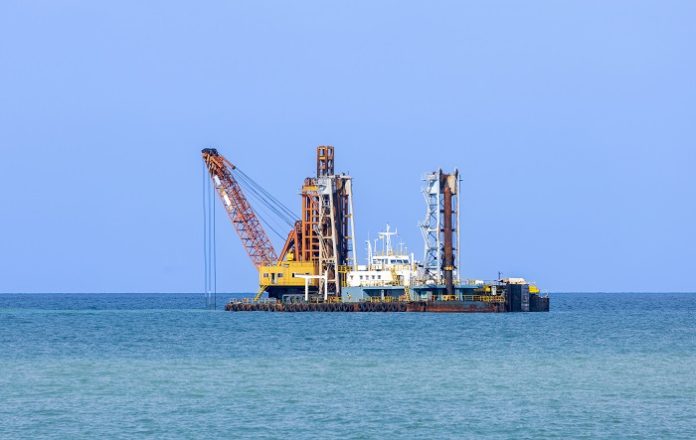India is advancing its efforts to explore the ocean depths in search of valuable minerals that could play a pivotal role in fostering a greener future. With two existing deep-sea exploration licenses in the Indian Ocean, India has now applied for an additional two licenses amidst escalating competition among major global powers for critical mineral resources.
Nations such as China, Russia, and India are racing to access vast deposits of minerals including cobalt, nickel, copper, and manganese lying thousands of meters below the ocean surface. These minerals are essential for producing renewable energy technologies such as solar panels, wind turbines, electric vehicles, and batteries, all crucial in combating climate change.
The International Seabed Authority (ISA), affiliated with the UN, has issued a total of thirty-one exploration licenses, with thirty currently active. If India’s new applications are approved by the ISA, its license count would match Russia’s and fall just one short of China’s.
One of India’s applications focuses on exploring polymetallic sulphides near hydrothermal vents in the Carlsberg Ridge of the Central Indian Ocean, while the other targets cobalt-rich ferromanganese crusts in the Afanasy-Nikitin Seamount, also in the Central Indian Ocean.
India is determined not to lag behind in securing critical minerals from the ocean depths. According to Nathan Picarsic, co-founder of Horizon Advisory, India’s interest in the Indian Ocean’s potential mineral reserves is a driving force behind its increased scientific exploration efforts.
As reported by BBC, India, along with China, Germany, and South Korea, already holds exploration licenses for polymetallic sulphides in the Indian Ocean ridge area. In 2022, India’s National Institute of Ocean Technology conducted successful trials of its mining equipment in the central Indian Ocean basin, retrieving polymetallic nodules rich in manganese, cobalt, nickel, and copper from a depth of 5,270 meters.































